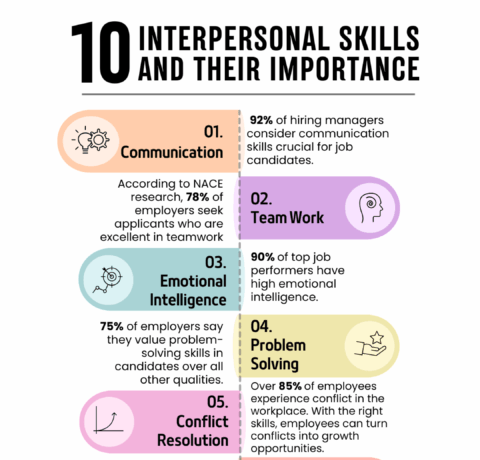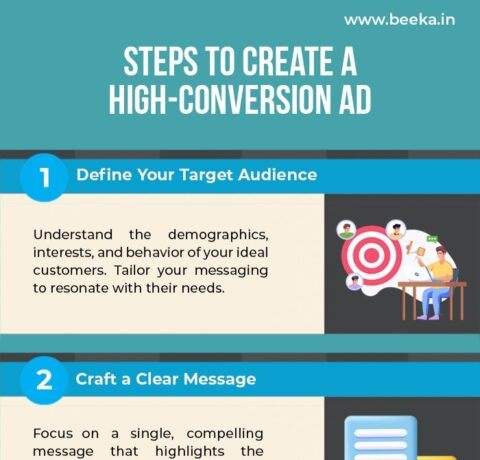How to Manage Conflict at Work Infographic
Workplace conflict affects more than just employee morale; it also diminishes productivity and job satisfaction. The How to Manage Conflict at Work Infographic presents how professionals can deal with workplace conflict effectively before it turns the office into a battlefield.
According to How to Manage Conflict at Work Infographic, “U.S. employees spend 2.8 hours per week dealing with conflict," costing them a great deal of stress, time, and happiness in the workplace. So, how can you prevent these ugly work situations from negatively affecting your promising career with your current employer? The next time you feel tension building between you and a colleague, use these nine steps to effectively deal with the situation and prevent a full-blown war:
- Recognize that conflict happens – Conflict indicates that colleagues are engaging, which is a plus in the workplace.
- Don’t wait for the explosion – The key is to deal with tension early on before it erupts into something irreversible and detrimental to morale.
- Know your issue – Is your conflict worth escalating to a superior? It is if “it affects the quality of your work […] and it affects your ability to work.”
- Foster flexibility and compromise – Approach the disagreement with the expectation of knowing that compromise and finding a solution are much better than wanting to be right.
- Keep it professional, not personal– Don’t take the issue too personally because then unnecessary emotions tend to be added to the mix and make the argument much bigger than it needs to be.
- Use your ears – Try to be an active listener when conflict arises, because there may be a chance the issue was a big misunderstanding. Also, allowing the other person the chance to clarify indicates that you’re open to a resolution. “76 percent of employees have seen conflict lead to something positive.”
- Turn down the heat – If the conversation becomes too heated, try and take a step back and gain perspective. Throwing more emotions and hostility to the argument is like fighting fire with fire.
- If all else fails, mediation – When the conflict hits a dead end and is still unresolved, it’s best to get third-party mediator (un-biased co-worker, manager, or HR employee) to assist in the matter.
- The best solution: Prevention – Following the company’s protocol for conflict management, if any, is best. If there is no such policy or process, then approach your HR department and ask about implementing one because, according to the infographic, “95 percent of employees who received conflict management training said that it helped them in some way.”







You can adjust your cookie preferences here.